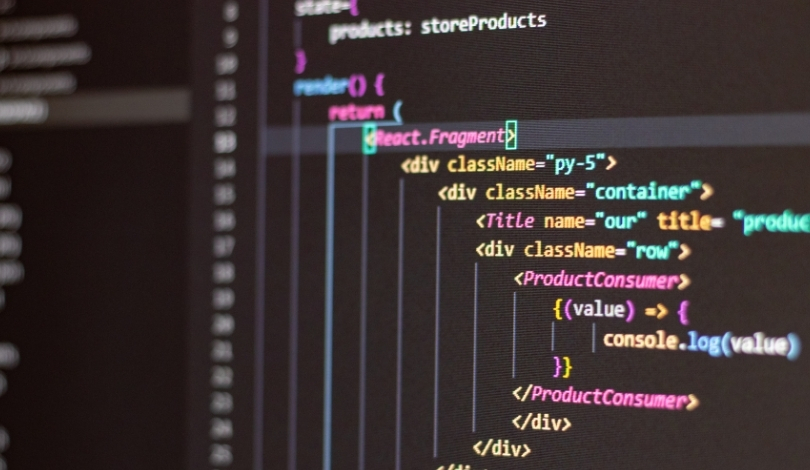A serious warning from federal cybersecurity authorities has placed renewed attention on the security of Cisco Adaptive Security Appliances after new zero-day vulnerabilities led to a surge in sophisticated attacks targeting government networks. The Cybersecurity and Infrastructure Security Agency (CISA) issued a rare emergency directive on Thursday, underscoring the magnitude of this threat. Federal agencies are now required to quickly check for intrusions, report any incidents, and patch or disconnect all potentially affected Cisco ASA devices. The message resonates beyond government networks, as private sector organizations that use these firewalls are closely tracking the developments. While the recent focus is on federal entities, ongoing monitoring and mitigation will become critical for a broader array of organizations to prevent similar exploits.
Efforts to trace similar incidents previously revealed that attacks on Cisco ASA devices span months and align with broader espionage activities attributed to advanced state-sponsored actors. Earlier security briefings linked the so-called ArcaneDoor campaign to threat actors believed to operate from China, with prior targets including major international institutions and infrastructure. While patterns of evasion and persistent compromise have been a concern before, the latest emergency directive signals heightened urgency and response requirements compared to previous advisories, which were less immediately actionable. Industry watchers note that increasingly sophisticated malware and techniques now demand more proactive remediation.
What Prompted the Federal Emergency Directive?
CISA’s decision to issue the emergency directive followed the disclosure of three Cisco ASA vulnerabilities: CVE-2025-20333, CVE-2025-20362, and CVE-2025-20363. According to Cisco, attackers used two of these (“CVE-2025-20333” and “CVE-2025-20362”) to install malware, run unauthorized commands, and potentially extract sensitive data. These attacks have targeted multiple government agencies since at least May, with Cisco attributing recent activity to the group behind the earlier ArcaneDoor campaign. Sam Rubin from Palo Alto Networks’ Unit 42 indicated an observed shift toward domestic U.S. targets, heightening concern for agencies managing critical information systems.
How Are Agencies and Cisco Handling the Threat?
Federal agencies must immediately search for compromised devices and disconnect or patch them by the end of Friday, per CISA’s directive. End-of-life devices that cannot be patched must be taken offline permanently. Cisco reported that the attack group used advanced evasion tactics like disabling logs and crashing devices to avoid detection, which significantly complicated the incident response efforts. Cisco remarked,
“The complexity and sophistication of this incident required an extensive, multi-disciplinary response across Cisco’s engineering and security teams.”
These additional layers of difficulty have caused concern about detection gaps and timeline of the response.
Will These Vulnerabilities Affect Organizations Beyond Federal Agencies?
Yes, the risks extend to any organization using Cisco ASA firewalls. The emergency directive’s recommended actions are being closely monitored by private sector security teams, given the attackers’ ability to maintain persistence and escalate control on impacted devices. CISA Acting Director Madhu Gottumukkala stated,
“CISA is directing federal agencies to take immediate action due to the alarming ease with which a threat actor can exploit these vulnerabilities, maintain persistence on the device, and gain access to a victim’s network.”
CISA also stressed that all entities using vulnerable devices should consider urgent mitigation measures.
Security researchers have linked these ongoing attacks to threat groups tracked as UAT4356 (Cisco Talos) and Storm-1849 (Microsoft Threat Intelligence), both considered tied to previous espionage campaigns suspected to have Chinese origins. Investigations uncovered signs of Chinese-developed network technology and anti-censorship tools related to these incidents. Although attribution remains officially unconfirmed, industry experts agree that state-sponsored actors are likely responsible, and with patches released, exploitation attempts may intensify as knowledge of the vulnerabilities spreads.
The recent events prompt organizations of all sizes to reassess their defensive postures, particularly those using Cisco’s Adaptive Security Appliances, which are now known to have been the focus of repeated sophisticated attack campaigns. Timely patching and forensic investigations become paramount, as delays in disclosure, as seen in this case, provide opportunities for attackers to escalate intrusions before countermeasures are implemented. External industry analysis also suggests that legacy security infrastructure—especially end-of-life devices—now present a growing liability, and organizations must factor this into their risk models. Those relying on Cisco networks or similar perimeter defenses should consider adopting broader strategies such as network segmentation and enhanced monitoring capabilities, ensuring they can detect and address advanced threats before damage occurs.










